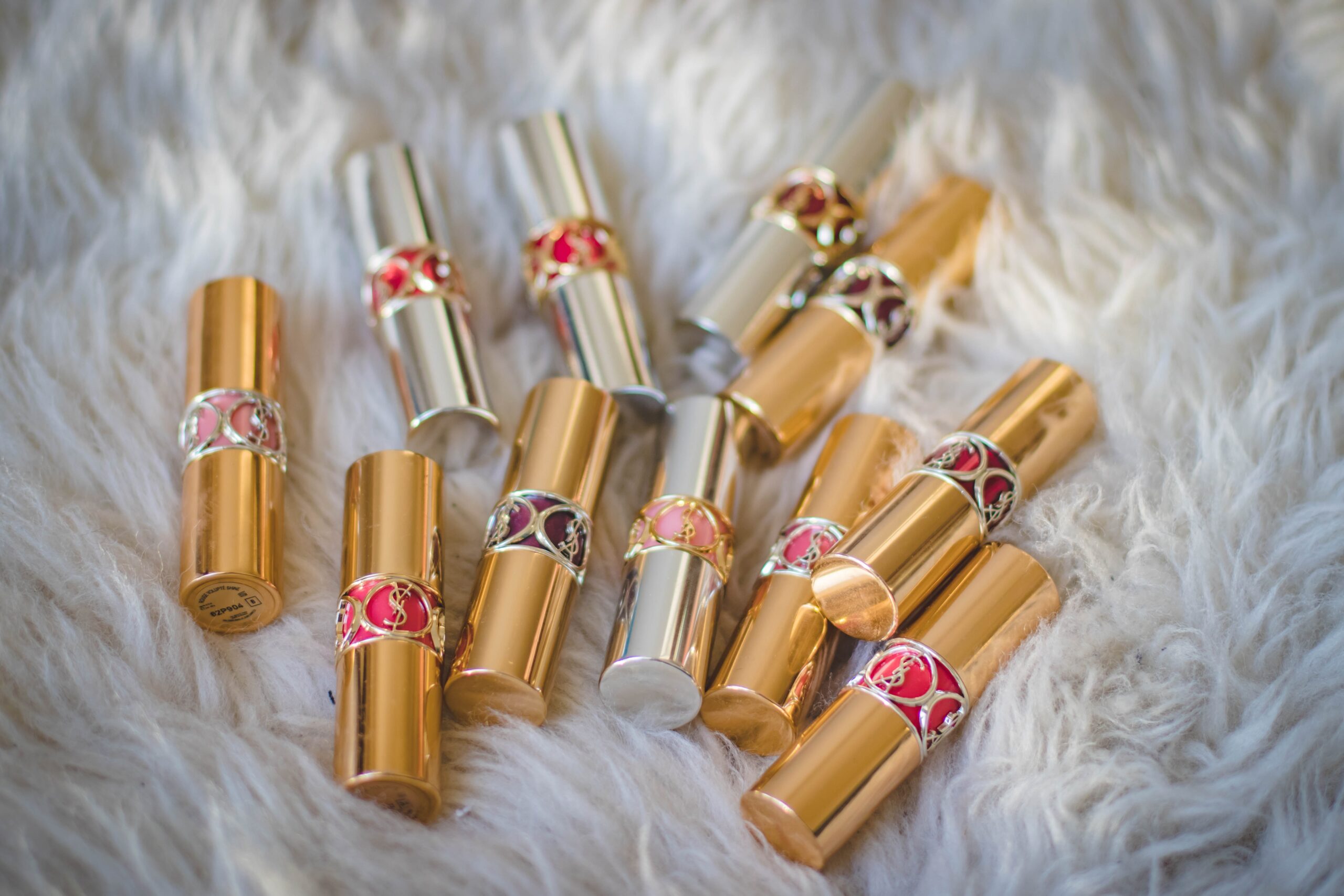What is the lipstick effect? A look into consumerism

The internet has given the term different versions of explanations, but all generally tell a similar idea. The lipstick effect is a phenomenon, an economic indicator.
It shows a consumption pattern of when an economic recession occurs, consumers tend to purchase small indulgences such as lipsticks, instead of big expensive goods like fur coats, designer shoes, etc.
The concept was coined by Leonard A. Lauder in 2001. Mr. Lauder found that despite the general decline of consumer spending on goods in the market, sales of lipsticks in his company increased. The beauty industry made an exception in the time of economic recession in post-9/11 America.

Although Mr. Lauder’s theory was largely based on his observation of his own company’s beauty revenues, it was later broadly cited by researchers and scholars.
The lipstick effect is not a scientifically proven concept supported by experiments. But it surprisingly explains consumer patterns in some significant crisis periods in U.S. history. For instance, The Great Depression, WWII, and the Stock Market Crash in 2008.
Why is the lipstick effect not working in the current economy?
There are many reasons that have caused people’s decreased consumption of beauty products during the pandemic.
Lockdown, self-quarantine, and social distancing order reduce people’s passions for doing makeup. The closing of public space such as shopping centers, restaurants, movie theaters transform consumer experience from physical to digital and decrease real-life social interactions.
The new WFH (working from home) routine, additionally, allows people to live a more flexible and relaxing lifestyle.
A new mentality has developed: personal wellness and self-care (skincare) > impressing the world (makeup).
According to McKinsey & Company, consumers purchased more skincare products than cosmetics in the U.S market during the pandemic.
Another important factor that turns many beauty consumers away from lipstick is the usage of face coverings. Lipsticks simply don’t go with masks. One, nobody can see what the lips look like behind a mask. And then two, lipstick gets smeared easily by the fabric material of the mask.
“There’s nothing quite as transformative as a lip color when it comes to taking an outfit from drab to fab (deep burgundy for sexy vibes, glossy red for all-out glamour) but our lipsticks are going to have to take a back seat this summer, as proved by Laura Whitmore this weekend who took off her mask to reveal her red lipstick had migrated down her face. Not the look she was going for.”
Melanie Macleod, Get The Gloss.
The lipstick effect has endured, but so then why does it seem like it’s dying out?
Although the lipstick effect doesn’t work in the current crisis, it doesn’t mean everybody has stopped purchasing lipstick.
Many beauty lovers still consider lipstick a necessity in their everyday beauty routines. They wear lipstick at home and under their masks.
Most likely no one will see their vibrant lip colors most of the time, but they don’t really mind, because to them what is more important is the sentiment, power, and strength that they acquire through putting on lipstick. Lipstick is their way to cope with reality and reclaim normalcy.
Lipstick has always been a symbolic object and powerful statement throughout history. It is an agency that has a transformative power and gives people the confidence and freedom to reinvent their identities.
Back in The Great Depression and WWII, lipstick was the visual representation of femininity, womanhood, and female sexuality, as well as a means that women adopted to fight against odds and hardships in life.
Lipstick might not be performing the desired outcomes in the era of face masks, but it stands for an attitude. It is a manifestation of hope and enjoyment of simple pleasures in life. People’s craziness for lipstick will be restored and lipstick sales will bounce back in the near future, have faith.
How do beauty brands advertise their lip products during a recession?
It is interesting to see that in the pandemic, not only are beauty consumers trying to find better ways to wear lipsticks under face masks, but also beauty brands are learning to customize consumers’ needs.
Many cosmetics companies have concentrated on developing and advertising smudge-proof lipsticks, lip stains, or temporary ‘lip tattoos’ that will stay in place under a mask.
The concern for lip care is another idea that beauty brands promote to potential consumers in their lipstick advertisements. Dr. Sam Bunting says on Get the gloss,
“Trapped heat, humidity from mouth breathing, and friction from the mask can irritate delicate lips. It’s also very difficult to reapply lip balm frequently under a mask and you may also be less inclined to keep up drinking fluids. This can add up to exceptionally dry, cracked lips. It’s vital to find a long-lasting lip product that stays put and performs barrier repair.”
Dr. Sam Bunting
The nail polish effect, our new economic indicator?
Lips are such important components of our overall appearances. They reveal our emotions, moods, and thoughts through our communications with one another.
The face mask has nonetheless kept us from seeing the lips movements and deciphering messages they express.
While the influence of the lipstick effect is weakening, a new economic indicator – the nail polish effect – arises. Since the fingers are not necessarily the covered part, people thus have more freedom to play around and be creative with their nails.


